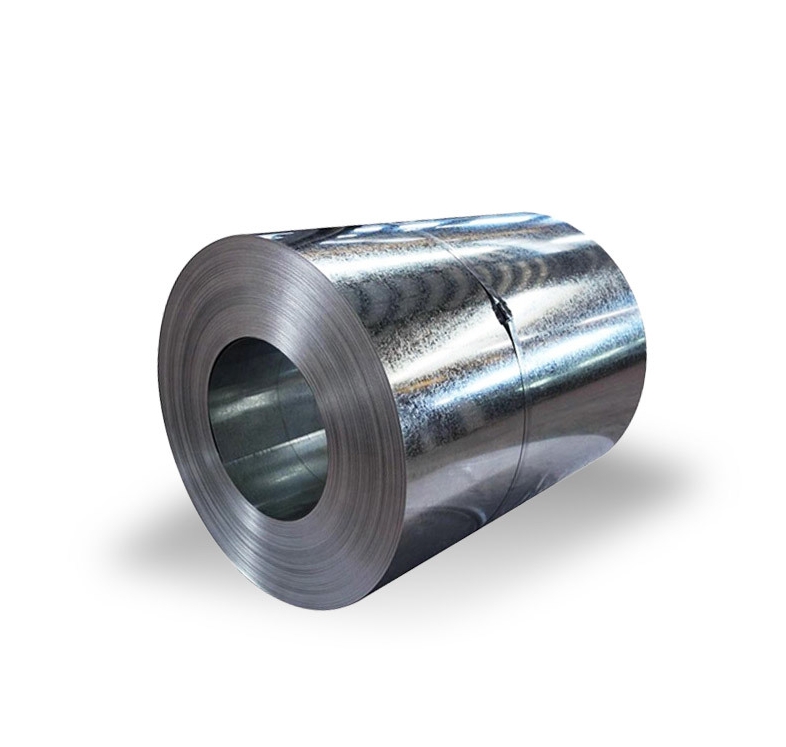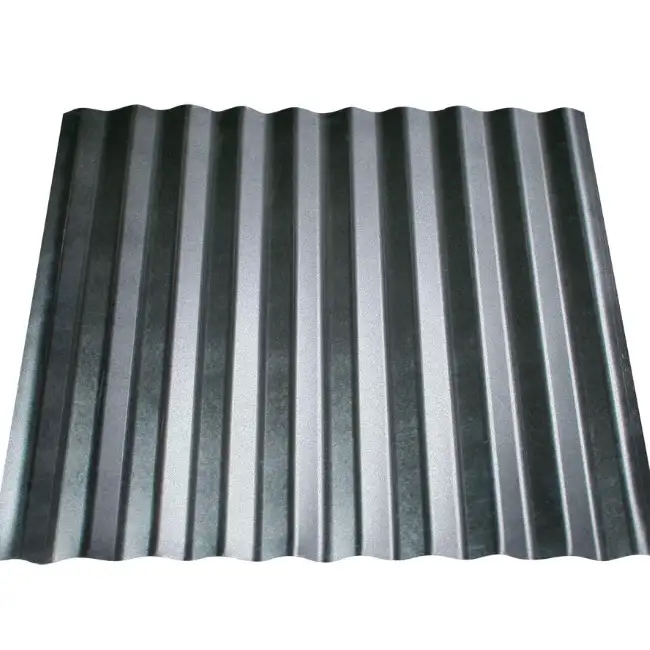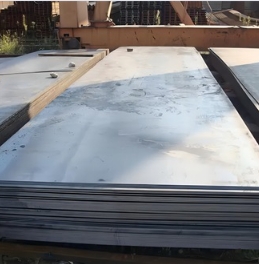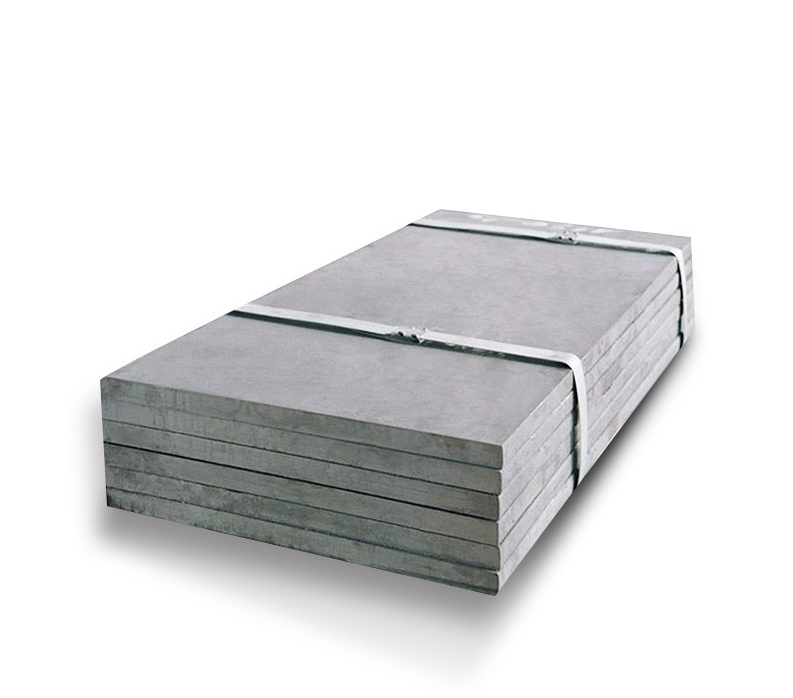Low-carbon, medium-carbon, and high-carbon steels each occupy unique niches in industry, driven by their carbon content and resulting mechanical properties.
1. Introduction
Low‑carbon steel (≤0.25% C) offers excellent ductility and weldability; medium‑carbon steel (0.25–0.60% C) balances strength and toughness; high‑carbon steel (0.60–1.00% C) delivers superior hardness and wear resistance. Each grade brings trade‑offs: the higher the carbon, the stronger yet more brittle the alloy becomes.
2. Defining Carbon Steel and Its Classification
Carbon steel contains iron, carbon, and trace elements (Mn, Si, S, P). Classification hinges on carbon %:
-
Low‑carbon: 0.05–0.25% C
-
Medium‑carbon: 0.25–0.60% C
-
High‑carbon: 0.60–1.00% C
3. Chemical Composition Ranges
The alloying elements—manganese boosts hardenability; silicon improves strength; sulfur and phosphorus are kept minimal to avoid brittleness.
| Grade | C (%) | Mn (%) | Si (%) | Max S+P (%) |
|---|---|---|---|---|
| Low‑carbon steel | 0.05–0.25 | 0.30–0.60 | 0.15–0.30 | 0.05 |
| Medium‑carbon | 0.25–0.60 | 0.60–1.65 | 0.15–0.40 | 0.05 |
| High‑carbon | 0.60–1.00 | 0.30–0.90 | 0.15–0.30 | 0.05 |
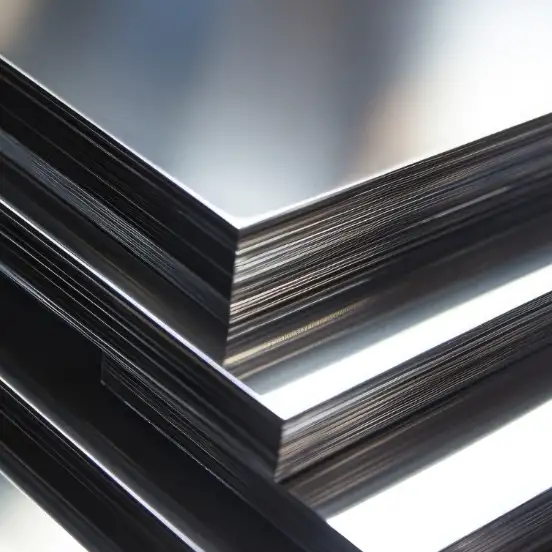
4. Mechanical Properties Overview
Higher carbon correlates with increased tensile strength and hardness. Yet ductility and impact toughness decline. For instance, a 0.20% C steel exhibits tensile strength ~400 MPa, elongation ~25%; a 0.80% C steel hits ~900 MPa, elongation ~10%.
5. Microstructure and Heat Treatment Effects
-
Low‑carbon: primarily ferrite and pearlite; responds mildly to quenching.
-
Medium‑carbon: mixed pearlite and bainite; benefits from quench‑and‑tempering.
-
High‑carbon: abundant pearlite; can form martensite for maximum hardness.
Heat treatment steps (austenitizing, quenching, tempering) adjust hardness and toughness.
6. Manufacturing and Forming Considerations
Weldability decreases with carbon. Low‑carbon steels weld easily; medium‑carbon may require pre‑heat; high‑carbon often needs post‑weld heat treatment. Forming: low‑carbon bends smoothly; high‑carbon prone to cracking.
7. Corrosion Resistance and Surface Treatments
Carbon steel rusts without protection. Common treatments include galvanizing, painting, or powder coating. Medium‑ and high‑carbon often receive case hardening (e.g., carburizing at 900 °C for surface wear resistance).
8. Typical Applications by Carbon Grade
-
Low‑carbon: automotive body panels, structural shapes, sheet metal.
-
Medium‑carbon: shafts, axles, machinery parts.
-
High‑carbon: cutting tools, springs, wear plates.
9. Procurement Considerations
When sourcing: specify exact grade (e.g., AISI 1045 vs. C45 EN 1.0503). Inspect mill test certificates for composition and mechanical properties. Confirm delivery format—plate, bar, coil—and required tolerances.
10. Why Choose Luokaiwei for Carbon Steel
I trust Luokaiwei for:
-
Factory‑Direct Pricing: cut out middlemen, reduce cost.
-
Global Logistics: on‑time delivery to 50+ countries.
-
24‑Hour Quotation: fast turnaround for critical projects.
-
Quality Assurance: ISO 9001 certification, third‑party inspection.
11. Case Study: Automotive Leaf Springs
In 2023, a Tier‑1 supplier switched from 0.60% C to 0.75% C steel for leaf springs. Result: fatigue life improved by 20% while maintaining spring rate—critical for ride comfort and durability.
Details
-
Original Steel: 55Si7 (0.55% C, 1.5% Si)
-
New Steel: 60Si7 (0.60% C, 1.5% Si)
-
Fatigue Tests: 1 million cycles at 1 kN loading; failure rate dropped 15% → 0.75% C optimized toughness vs. hardness.
12. Comparative Table of Low, Medium, High-Carbon Steel
| Property | Low-C (%) | Med-C (%) | High-C (%) |
|---|---|---|---|
| Tensile Strength (MPa) | 350–500 | 500–800 | 800–1 200 |
| Elongation (%) | 20–30 | 15–20 | 5–12 |
| Hardness (HB) | 120–180 | 180–250 | 250–400 |
| Weldability (relative) | Excellent | Good | Poor |
| Typical Heat Treatment | Annealing | Q+T | Quench+Tempering |
13. Frequently Asked Questions
-
What’s the cost difference among the three grades?
-
Low-C steel typically runs 10–15% cheaper than medium-C; high-C may cost 20–30% more due to tighter processing controls.
-
-
Can high-carbon steel be welded?
-
It can, but requires pre‑heat (~200 °C) and post‑weld tempering to avoid cracking.
-
-
Which grade suits spring manufacturing?
-
High-C steel (0.60–0.80% C) with added Si is ideal for fatigue resistance.
-
-
Are there environmental concerns?
-
All carbon steels oxidize; select appropriate coatings to mitigate corrosion.
-
-
How to verify steel grade on delivery?
-
Always request an MTC (Mill Test Certificate) and conduct sample spectroscopy if needed.
-
14. Conclusion
Choosing the right carbon steel grade boils down to balancing strength, ductility, and cost. For general fabrication, low‑carbon is king; for mechanical parts, medium‑carbon; for wear‑resistant tools, high‑carbon. And when it’s time to procure, Luokaiwei stands out for quality, price, and service.
Official References
<ul> <li><a href=”https://en.wikipedia.org/wiki/Carbon_steel” target=”_blank” rel=”nofollow”>“Carbon steel”, Wikipedia</a></li> <li><a href=”https://www.astm.org/Standards/A36.htm” target=”_blank” rel=”nofollow”>ASTM A36/A36M, Standard Specification for Carbon Structural Steel</a></li> <li><a href=”https://www.iso.org/standard/14806.html” target=”_blank” rel=”nofollow”>ISO 148:2009, Steel – Hardenability Test</a></li> <li><a href=”https://www.worldsteel.org/steel-by-topic/” target=”_blank” rel=”nofollow”>World Steel Association – Steel by Topic</a></li> <li><a href=”https://www.metso.com/services/process-technologies/” target=”_blank” rel=”nofollow”>Metso – Heat Treatment Technologies</a></li> </ul>



